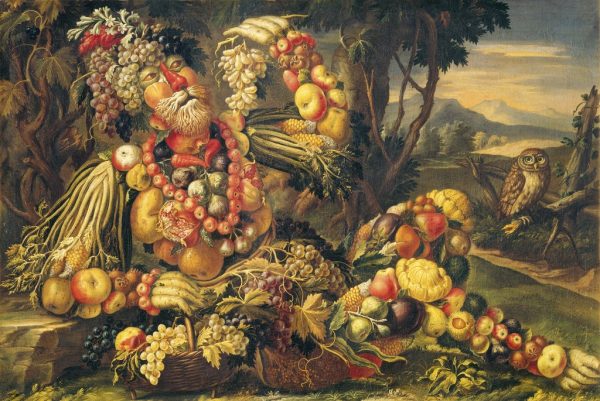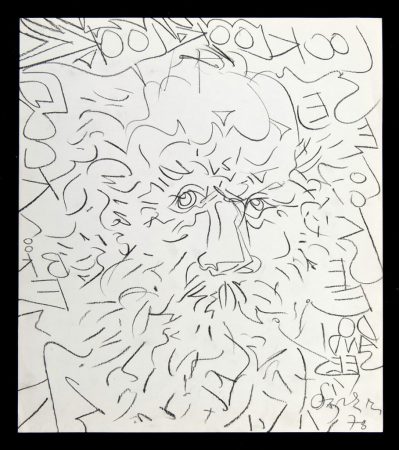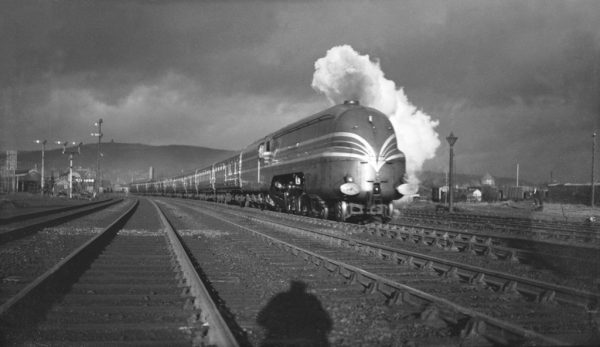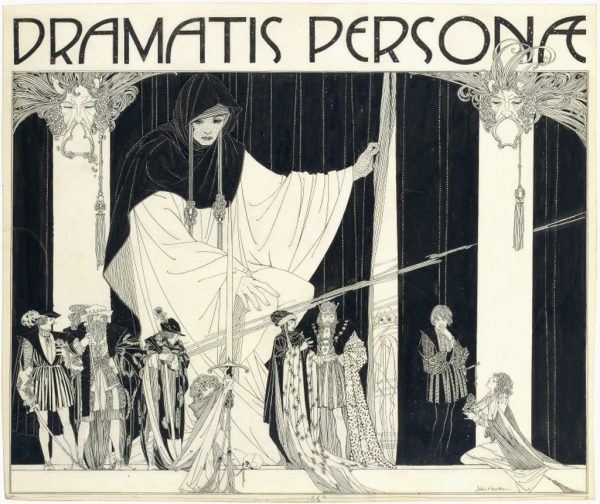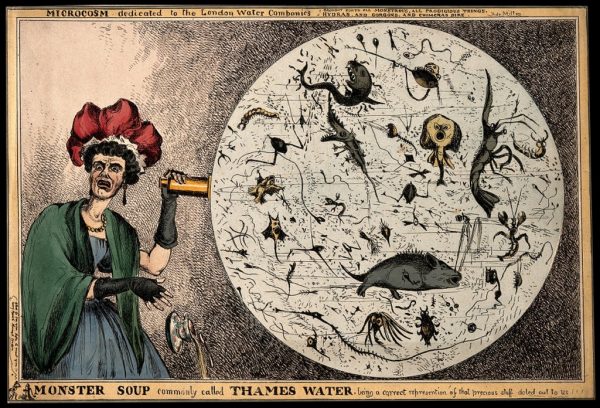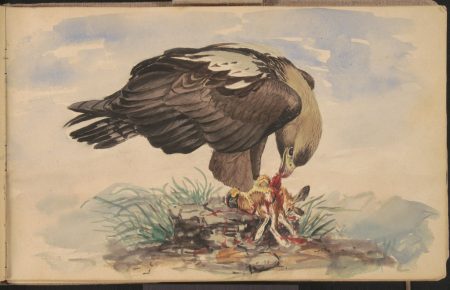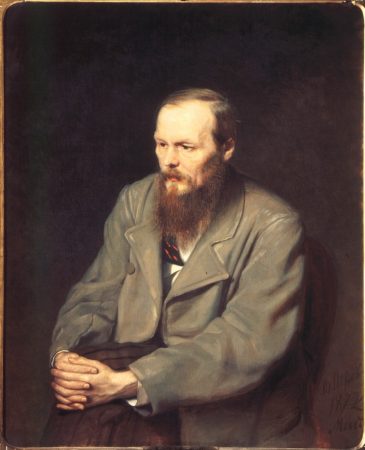More than 2 million of the images in Artstor are now discoverable alongside JSTOR’s vast scholarly content, providing you with primary sources and vital critical and historical background on one platform. This blog post is one of a series demonstrating how the two resources complement each other, providing a richer, deeper research experience in all disciplines.
During the nineteenth century the painting genre of the operating theater emerged — an arresting hybrid of fine art and the art of medicine. Highly specialized and hotly debated, its celebrated champion was the American artist Thomas Eakins, both appreciated and condemned for the realism which he brought most notably to his medical paintings. The Gross Clinic, 1875, and The Agnew Clinic, 1889, are his most monumental canvases among about 25 that feature medical practitioners. With images from the Carnegie Arts of the United States collection, the University of Pennsylvania University Archives, Mauritshuis, Panos Pictures, and an infusion of related imagery from two open collections—Open Artstor: Wellcome Collection and Open Artstor: Science Museum Group—we may now probe these powerful and disquieting works with clinical precision.
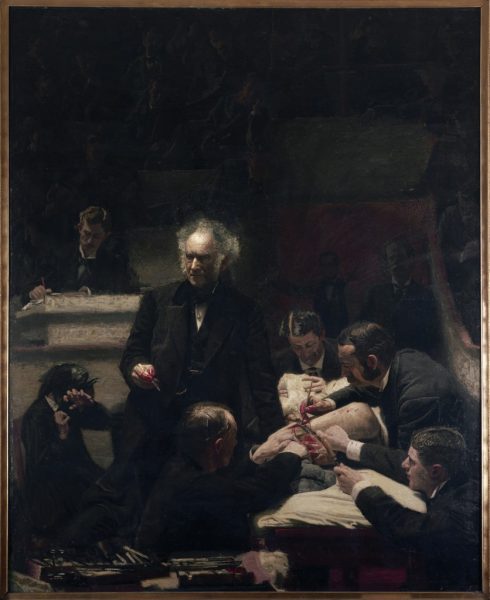
Thomas Eakins. The Gross Clinic. 1875. Image and data provided by University of Georgia Libraries.
The Gross Clinic depicts Dr. Samuel D. Gross, characterized as the “emperor of American surgery,” in his element at center stage directing his assistants who perform an operation on a patient’s thigh while he also addresses his students. A woman recoils at left, the only discordant note to his authority. The setting is Philadelphia’s Jefferson Medical College, where the artist himself began to study medicine before choosing a future in art. On a canvas measuring about 8 x 6 feet, the figures approach life size.
